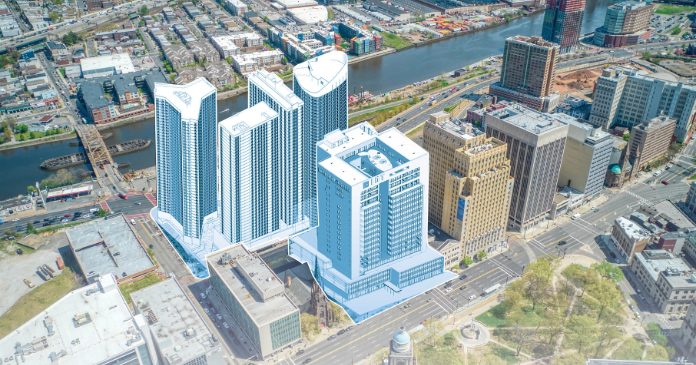NIC Map Vision reports that senior housing construction starts slowed dramatically in Q3 in the face of rising interest rates and construction costs. However, results vary greatly by the market segment of the product and its location.
Segmenting the market
The senior housing market is highly fragmented, with NIC Map Vision dividing properties into market segments by the type of units comprising the majority of those on the property. Unit types they consider are: independent living (IL), assisted living (AL) and nursing care (NC) units.
Starts fall
NIC MAP Vision’s analysis of their primary and secondary markets says that senior housing construction starts fell nearly 60 percent from Q2 to Q3 2022. Starts in Q3 were 2,212 units. The report states that rolling four-quarter starts fell to only 2 percent of existing inventory in Q3, down from 4 percent in recent years.
The impact of the slowdown in starts has not been uniform across product types. The slowdown has been more pronounced for property types that are associated with a high level of care for residents, such as NC and AL properties. In an earlier release, NIC MAP Vision had pointed out that NC and AL properties also currently have lower occupancy rates than do IL properties, with occupancy differentials of at least 5 percentage points.
The report notes that some metros are experiencing senior housing construction activity that is well above the overall average. Metros cited in this category include Washington D.C., Miami and Portland, Oregon. Washington and Miami have seen rates of new senior housing under construction above 10 percent of existing inventory in recent quarters. Conversely, major metros such as Pittsburgh, San Antonio and San Francisco have seen below average levels of new construction.
Property sales also affected
In the years leading up to the pandemic, senior housing property sales were typically around $12 billion per year. After falling to nearly half that level in 2020, sales rebounded in 2021. However, through the first 3 quarters of 2022, transaction volume fell sharply to only $4 billion with institutional and public investors’ share of transaction volume plunging. Private investors accounted for the bulk of sales transactions.
Rising interest rates are also putting downward pressure on valuations. The report cited as examples both Seattle and Chicago where valuations have fallen around 11 percent.
The report concludes that, while the industry is going through a challenging period, demographic trends give it a promising future.
The NIC Map Vision report is available here.













